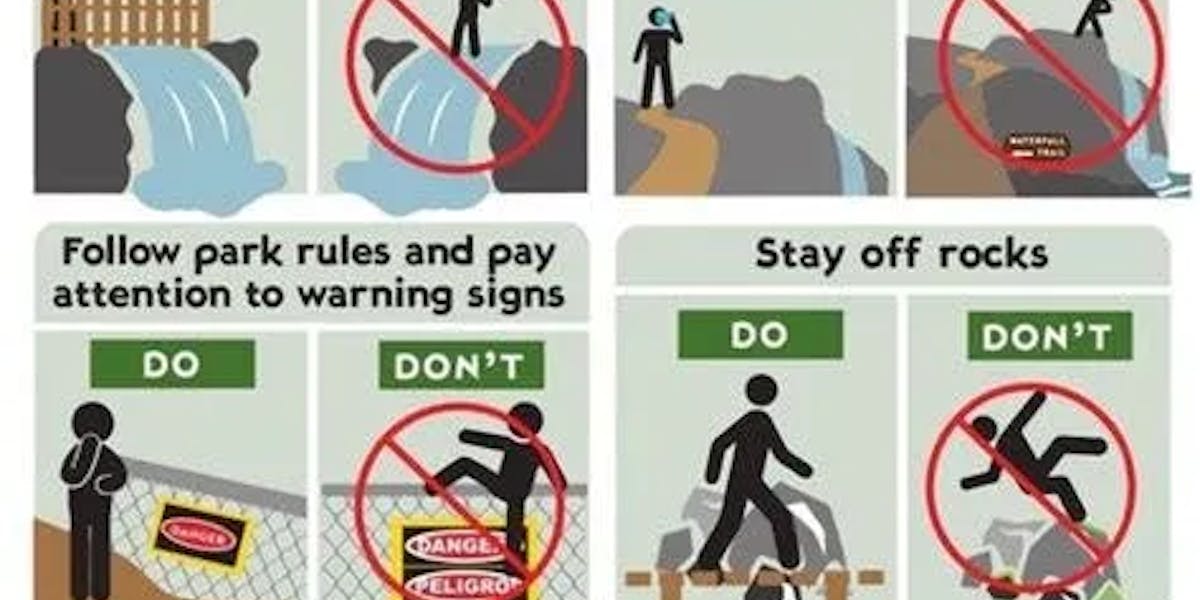Hiking Safely Near Hawaii Waterfalls


Hiking Safely Near Waterfalls in Hawaii: A Guide to Staying Safe While Enjoying Paradise
Hiking near waterfalls in Hawaii offers magical experiences—cascading water, lush greenery, and tranquil pools. But these breathtaking sites also come with real dangers. From slippery rocks to flash floods, being prepared can make the difference between a great day and a disaster.
The Allure and the Dangers
Hawaii’s waterfalls draw thousands each year, but they demand respect. Common hazards include:
- Slippery surfaces covered with moss or algae
- Unstable terrain with eroded or crumbling cliffs
- Flash floods from upstream rainfall
- Waterborne illnesses like leptospirosis
- Wildlife encounters in remote areas
The 5 Most Important Safety Rules
- Pay Attention to Warning Signs
- Heed all posted notices. They exist to save lives.
- Do not bypass closed trail signs or barriers.
- Check the Weather—Before and During Your Hike
- Rain miles away can cause flash floods.
- Turn around if skies darken or thunder rumbles.
- Avoid Slippery Surfaces
- Test rocks before stepping.
- Wear hiking shoes with excellent traction.
- Be Cautious About Swimming
- Strong currents, submerged rocks, and bacteria are common.
- Never swim with open wounds.
- Stay Alert to Landslides and Falling Rocks
- Watch and listen for crumbling terrain or cracking sounds.
- Steer clear of cliff edges and unstable slopes.

Additional Safety Tips
- Watch your step: Always test your footing near water.
- Look to the mountains: Rising water or distant roaring sounds = flash flood risk.
- Don’t jump: Cliff jumping is extremely dangerous.
- Understand leptospirosis: Avoid freshwater when injured.
- Respect trail closures: They’re implemented for your safety.
Recommended Gear
- Hiking shoes/boots: Prioritize grip and ankle support.
- Waterproof clothing: Stay dry and warm in sudden showers.
- Trekking poles: Assist with balance and stability.
- Waterproof backpack/dry bag: Protect your essentials.
- First-aid kit: Include antiseptic, bandages, and pain relievers.
- Hydration system: Carry water or a filter.
- Headlamp/flashlight: For unexpected delays.
- GPS/PLB: Critical in remote locations.
- Trail map: Don’t rely solely on cell service.
- Phone in waterproof case: Backup for maps and emergencies.
Understanding Warning Signs
| Sign Type | What It Means | Why It Matters |
|---|---|---|
| Trail Closed | Unsafe terrain ahead | Closed areas may have landslides or structural damage. |
| Flash Flood Area | Sudden water surges possible | Flash floods can sweep hikers away in seconds. |
| Slippery Rocks | Surface is mossy or wet | Slipping is one of the top causes of injury. |
| Falling Rocks/Unstable Cliffs | Rockfall or landslides likely | These can cause fatal injuries. |
| No Swimming/Cliff Jumping | Dangerous water conditions | Hidden rocks and currents are often present. |
| Leptospirosis Warnings | Bacteria in water | Can cause serious illness, especially through cuts. |
| Wildlife Warnings | Wild pigs or bees nearby | Dangerous if startled or provoked. |
How to React to Warning Signs
- Read signs carefully and consider them seriously.
- Don’t assume you’re the exception—the danger applies to everyone.
- Communicate with your group to keep everyone informed.
- Be willing to turn back if things feel unsafe.
- Report missing signs to park officials to protect others.
Final Thoughts
Hiking near Hawaii’s waterfalls should be unforgettable—for the right reasons. Prioritize safety, carry proper gear, and respect nature. Instagram can wait—your life can’t. With preparation and common sense, your waterfall adventure will be both breathtaking and safe.
Stay smart. Stay safe. Stay awe-struck.